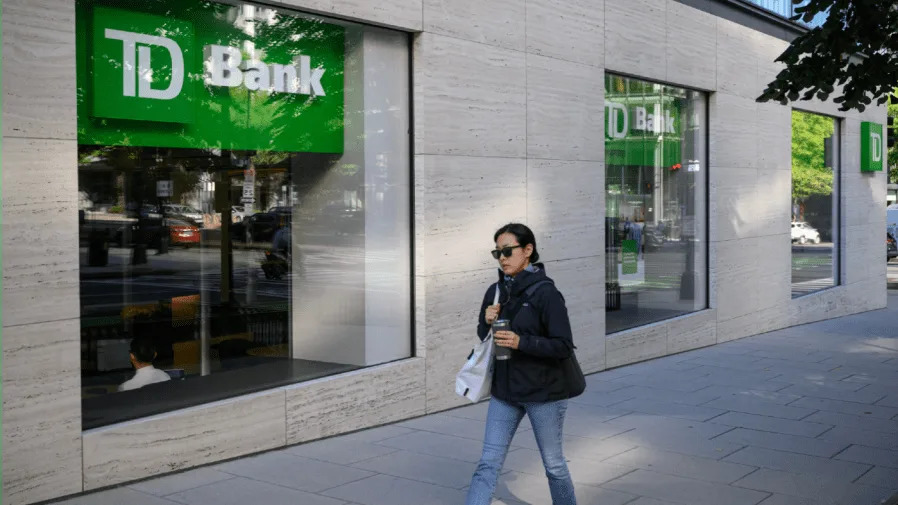
On July 31, the Trump administration announced that it would raise tariffs on Canadian imports to 35 percent, citing Canada’s failure to meaningfully address the growing use of its territory by fentanyl traffickers.
Canada’s response has been fractured. Federal officials called for renewed dialogue, while Ontario Premier Doug Ford demanded retaliatory tariffs.
If that sounds like an overreaction from the U.S., it’s not. It’s a reaction to a real and mounting problem: Cartels are using Canada — not in theory, but in practice. Fentanyl super-labs have been discovered in British Columbia. Precursor chemicals from China are entering Canadian ports before making their way into domestic markets or rerouted across the U.S. border.
The numbers are still small compared to the southern border. Fentanyl seizures along the northern corridor comprise less than 1 percent of total U.S. interdictions, but they’re rising.
And while the raw volume was low, the potency was not. According to White House estimates, the fentanyl seized from Canada in the past year was sufficient to kill more than 9 million Americans.
The question isn’t whether Canada is the dominant trafficking route. It’s whether it’s increasingly being utilized. And it is.
The reason is structural. Canada has long been exploited by criminal networks due to regulatory blind spots, fragmented enforcement and opaque corporate formation laws.
Canada is notorious for money-laundering through real estate. Trade-based money laundering schemes are commonly exploited. And bribery and corruption have long been identified as a substantial money-laundering risk. Canada, for too long, has treated organized crime as a localized public safety issue, not a transnational finance and border security risk.
The Trump administration’s tariff spike isn’t just a trade war headline. It’s part of a broader strategy of nation-level accountability.
Venezuela’s Cartel de los Soles, a state-embedded trafficking network directly linked to the Maduro regime, was designated a Specially Designated Global Terrorist entity under expanded fentanyl authorities just days before the action against Canada.
Mexico has not been spared, either. In February, the U.S. imposed 25 percent fentanyl-linked tariffs on Mexican imports, citing the government’s failure to curb cartel flows. In July, those tariffs were scheduled to increase to 30 percent.
Although Mexico negotiated a temporary reprieve, committing additional National Guard resources to its northern border in February, the escalation framework remains in place. The goal is not symbolic but structural. Pressure the sovereign, disrupt the enabler.
Canada now finds itself in that same pressure chamber. Unlike Venezuela, it is a U.S. ally and a U.S.-Mexico-Canada Agreement partner. But those relationships don’t exempt governments from consequences.
Canada’s fentanyl enforcement effort has been reactive, fragmented and, until very recently, deeply under-resourced. That posture changed the moment the 35 percent tariff went live.
To its credit, Ottawa has shown that it is willing to act with urgency. The newly announced border security initiative includes enhanced lab detection infrastructure, dual-nation strike teams and an aggressive crackdown on shell entities used to obscure cross-border fund flows. These moves are overdue.
In 2024, Canada’s two largest banks, Royal Bank of Canada and TD Bank, were at the center of major anti-money laundering failures.
Royal Bank of Canada’s U.S. subsidiary, City National Bank, was fined $65 million for violating the Bank Secrecy Act, while TD admitted in U.S. federal court to allowing over $650 million in suspected fentanyl proceeds to flow through its accounts.
TD paid a $3 billion penalty and agreed to oversight by a government-appointed monitor. Regulators called the sector’s anti-money laundering risk “under-appreciated,” exposing deep structural gaps that persisted until the failures became too large to ignore.
None of this is partisan. None of this is rhetorical. It is structural enforcement built around financial leverage, and it reflects a doctrine that has quietly reshaped the American approach to trafficking: Drug routes are no longer just a law enforcement issue. They are a sovereign accountability issue. The tools of response — tariffs, sanctions, financial denial mechanisms — reflect that shift.
Canada’s economy isn’t the target. Its vulnerabilities are. But if they remain unaddressed, the economic impact will be severe. Trade penalties will expand. Correspondent banks will de-risk. Investment flows will hesitate. And trust — financial, diplomatic and regulatory — will erode.
The Canadian government has a narrow window to solidify enforcement credibility. That means closing anti-money laundering loopholes, coordinating proactively with U.S. agencies, and enacting a serious national strategy against transnational organized crime.
Not just speeches. Not just appointees. Results. Because fentanyl isn’t waiting. Neither are the traffickers. And neither, apparently, is the Trump administration.
Brett Erickson is managing principal at Obsidian Risk Advisors and an advisory board member at the Loyola University Chicago Law’s Center for Compliance Studies and DePaul University Driehaus College of Business.
Copyright 2025 Nexstar Media, Inc. All rights reserved. This material may not be published, broadcast, rewritten, or redistributed.
For the latest news, weather, sports, and streaming video, head to The Hill.
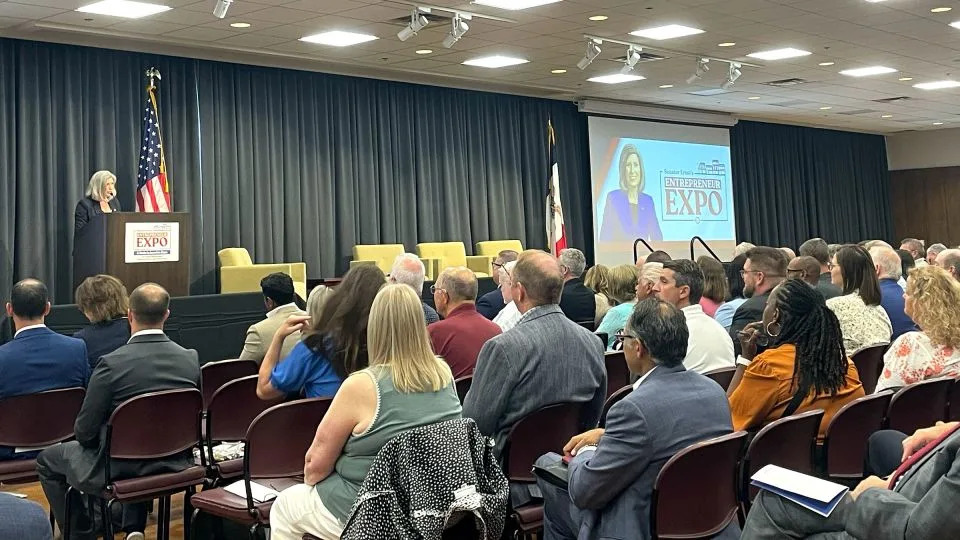

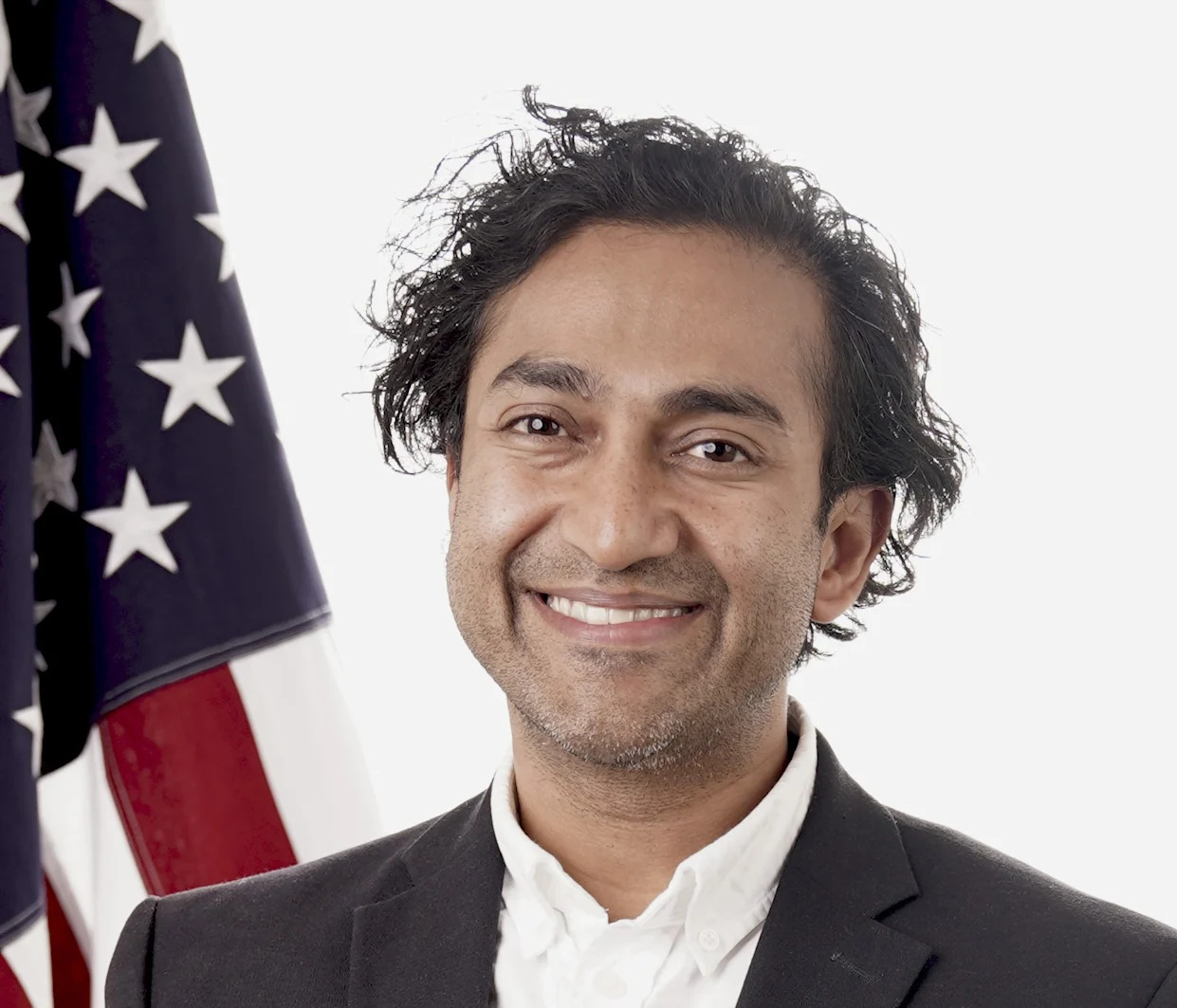

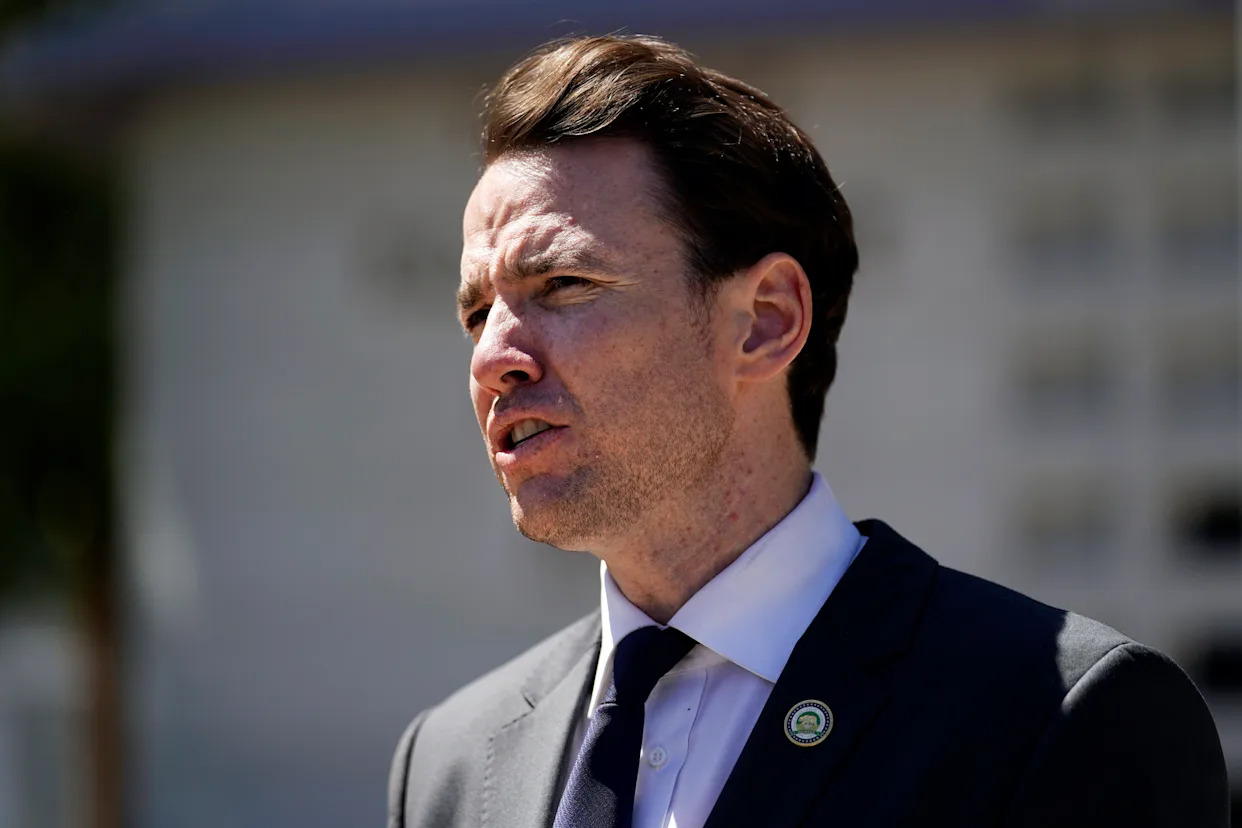
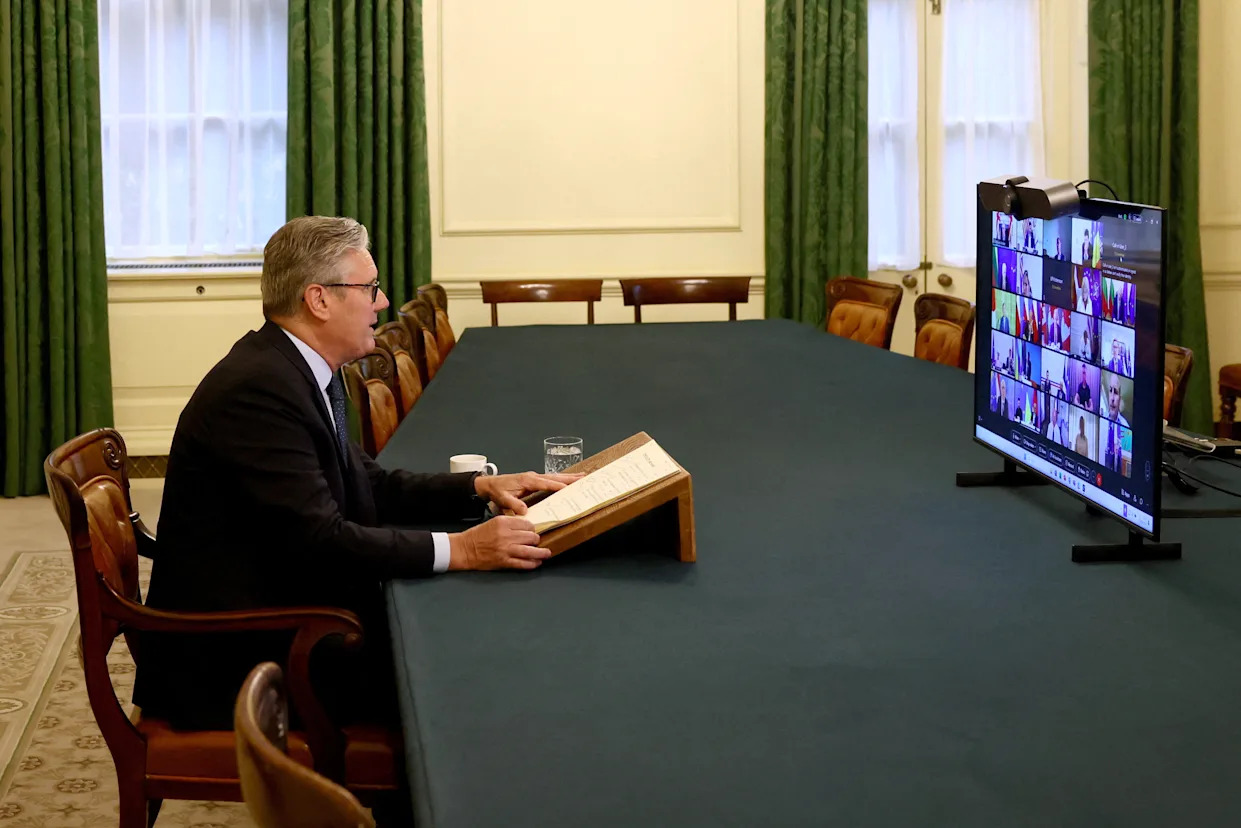
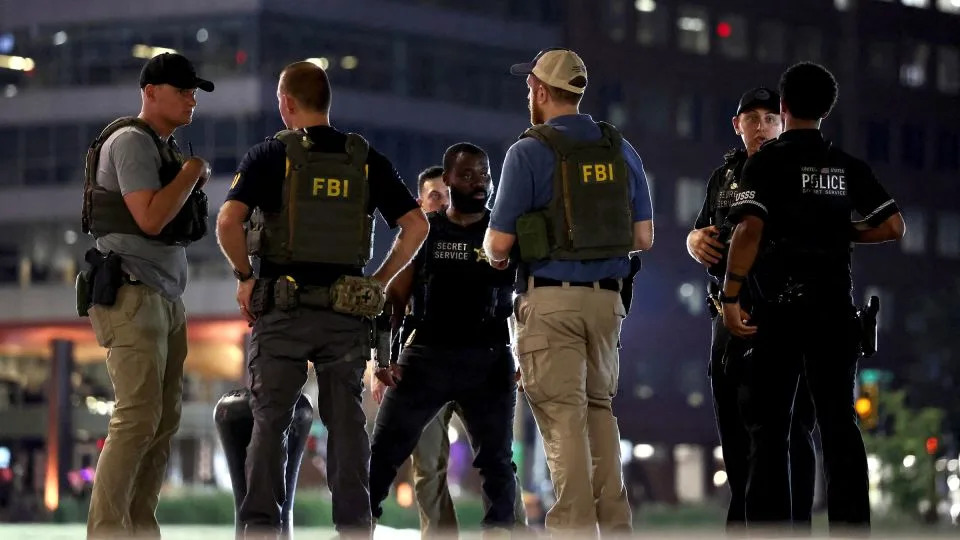
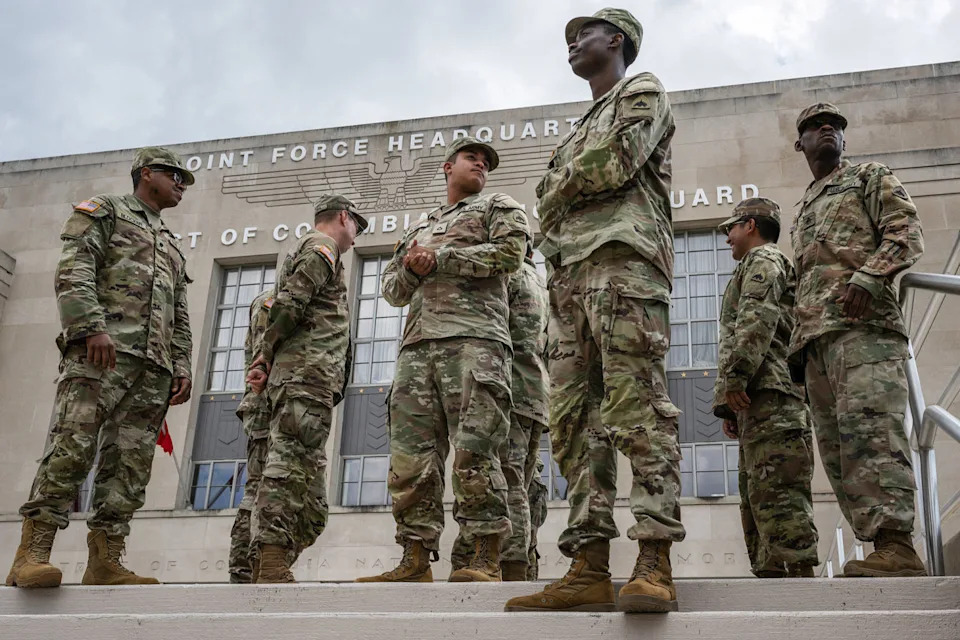
Comments